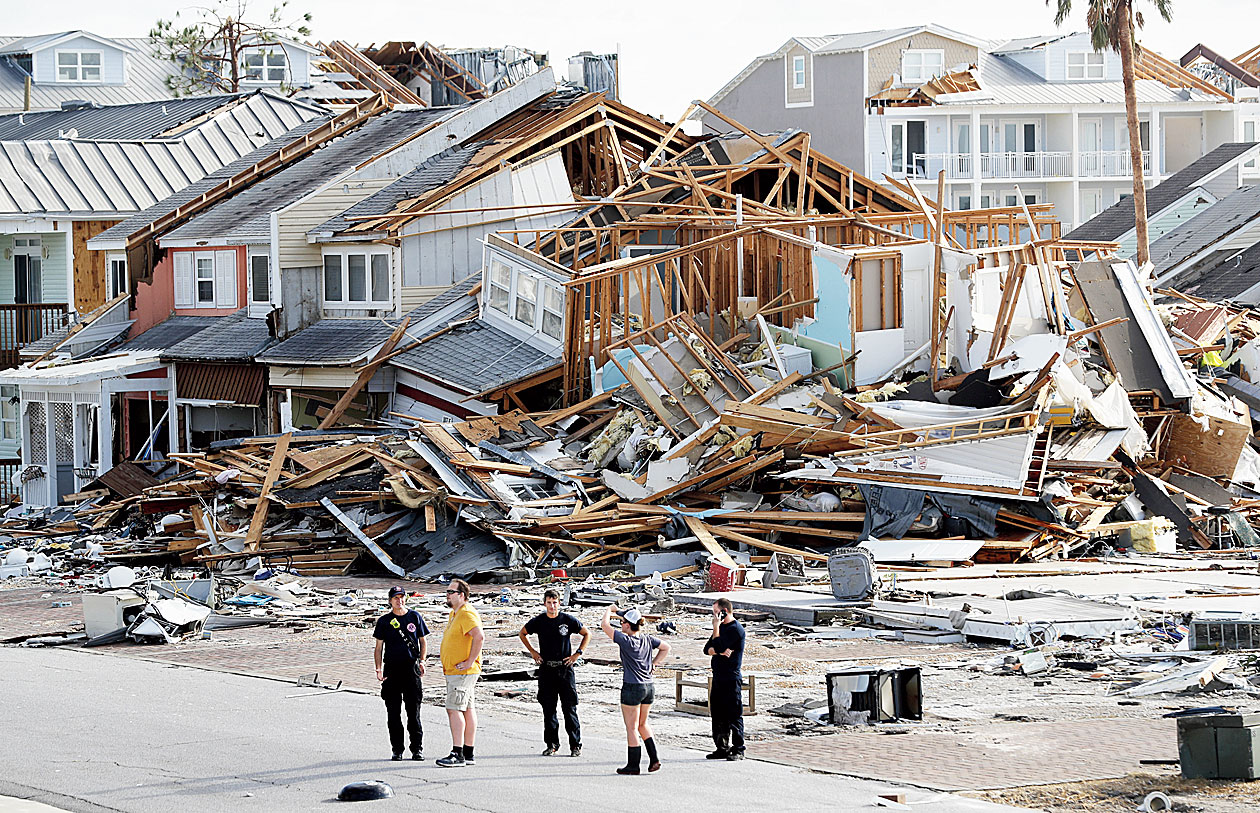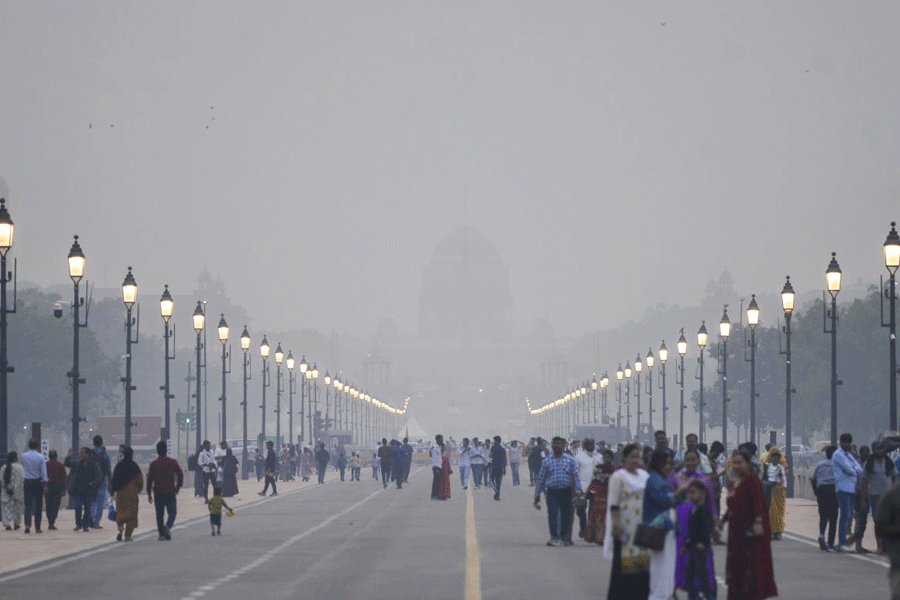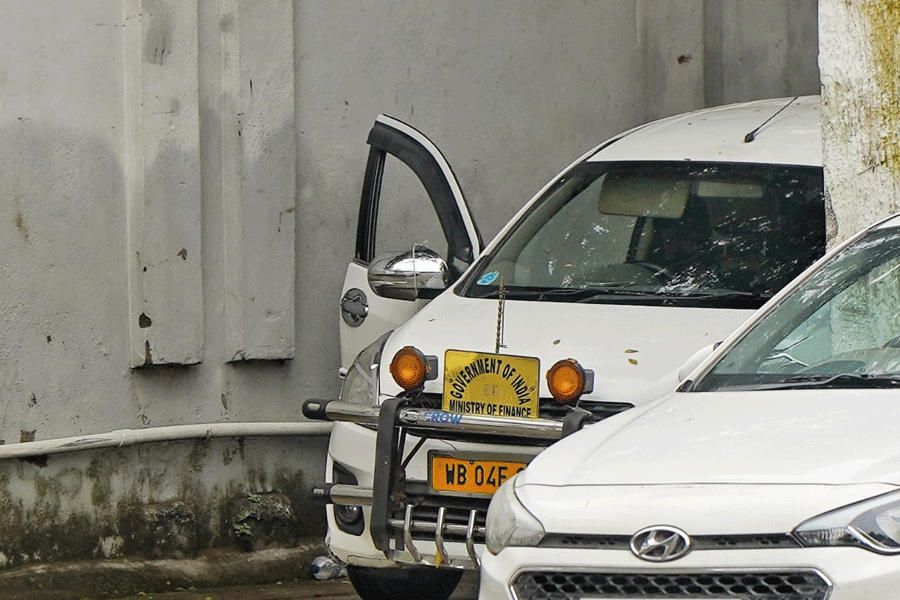Hurricane Michael, one of the most powerful storms ever to hit the continental US, slammed into the Florida Panhandle on Wednesday, unleashing a trail of destruction across 321km that splintered houses, peeled off roofs and stirred up a terrifying surge of seawater that submerged entire neighbourhoods and sent boats careening down city streets.
A storm that was initially forecast to arrive as a tropical storm instead amped up to furious intensity, hitting landfall just after midday near the small seaside community of Mexico Beach, 160km southwest of Tallahassee, with winds topping 249kmph.
Images from there showed swathes of shattered debris where houses once stood and structures inundated up to their rooftops; the streets of Panama City, farther west, were blocked by downed tree limbs and impossible tangles of power lines. Recreational vehicles, trucks and even trains were pushed over, surrounded by new lakes of water.
“Hurricane Michael is the worst storm that the Florida Panhandle has ever seen,” said governor Rick Scott of Florida, where 375,000 people were ordered evacuated from the western part of the state.
The storm was officially classified as a Category 4 — on the verge of Category 5 — but weakened as it continued its rapid advance up towards Georgia and the Carolinas, where cities still reeling from Hurricane Florence prepared for another onslaught of rain and wind. It was downgraded to a tropical storm at midnight on Wednesday.
Just about every update seemed to bring greater grimness: closed bridges, more towering waves, suspended emergency services, admonitions that the time to evacuate had passed. The National Hurricane Center reported a 209kmph wind gust near the evacuated Tyndall Air Force Base — and said that the measuring instrument had then failed.
A man died in Greensboro, Florida, northwest of Tallahassee, after a tree crashed down on his home late on Wednesday afternoon, local law enforcement officials confirmed.
But the full extent of the damage and other casualties was uncertain: Residents and emergency workers spent most of the day hunkered down, and emerged only towards nightfall to begin assessing the storm’s toll. As dusk approached, though, the early outlines of a vast calamity were unfolding.
“You can’t drive a car anywhere, you can’t do anything because it’s littered with houses, pieces of houses,” said Patricia Mulligan, who rode out the storm with her family in a condo in Mexico Beach, a town of mom-and-pop shops and sport-fishing businesses about 56km southeast of Panama City. Outside, she said in a phone interview, she could see remnants of people’s lives strewn about: refrigerators, a beanbag chair, a washing machine, a kayak and a dresser.
Her brother, she said, lost a condo along the beach, and the other nearby units were also destroyed. “They’re not there,” she said. “It’s gone.”
The ominous, unmistakable rhythm of a hurricane’s rains — drizzle, followed by unhinged gushing — unnerved the coast on Wednesday morning hours before the fullest ravages began. And then the force of the hurricane tore through, cracking walls, toppling heavy metal fences and flattening cars with lampposts while people, unable or unwilling to evacuate, huddled in closets and stairwells.











